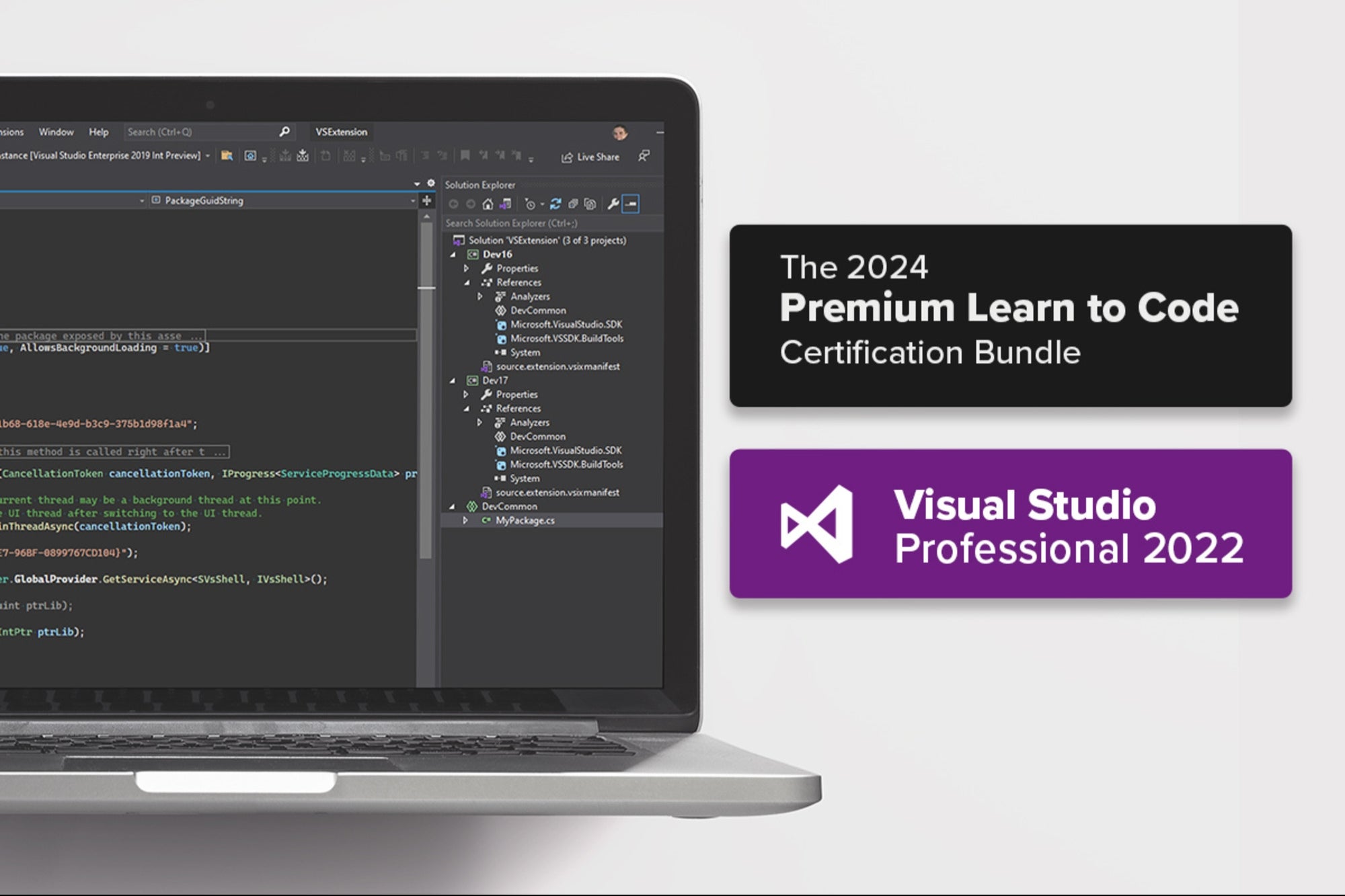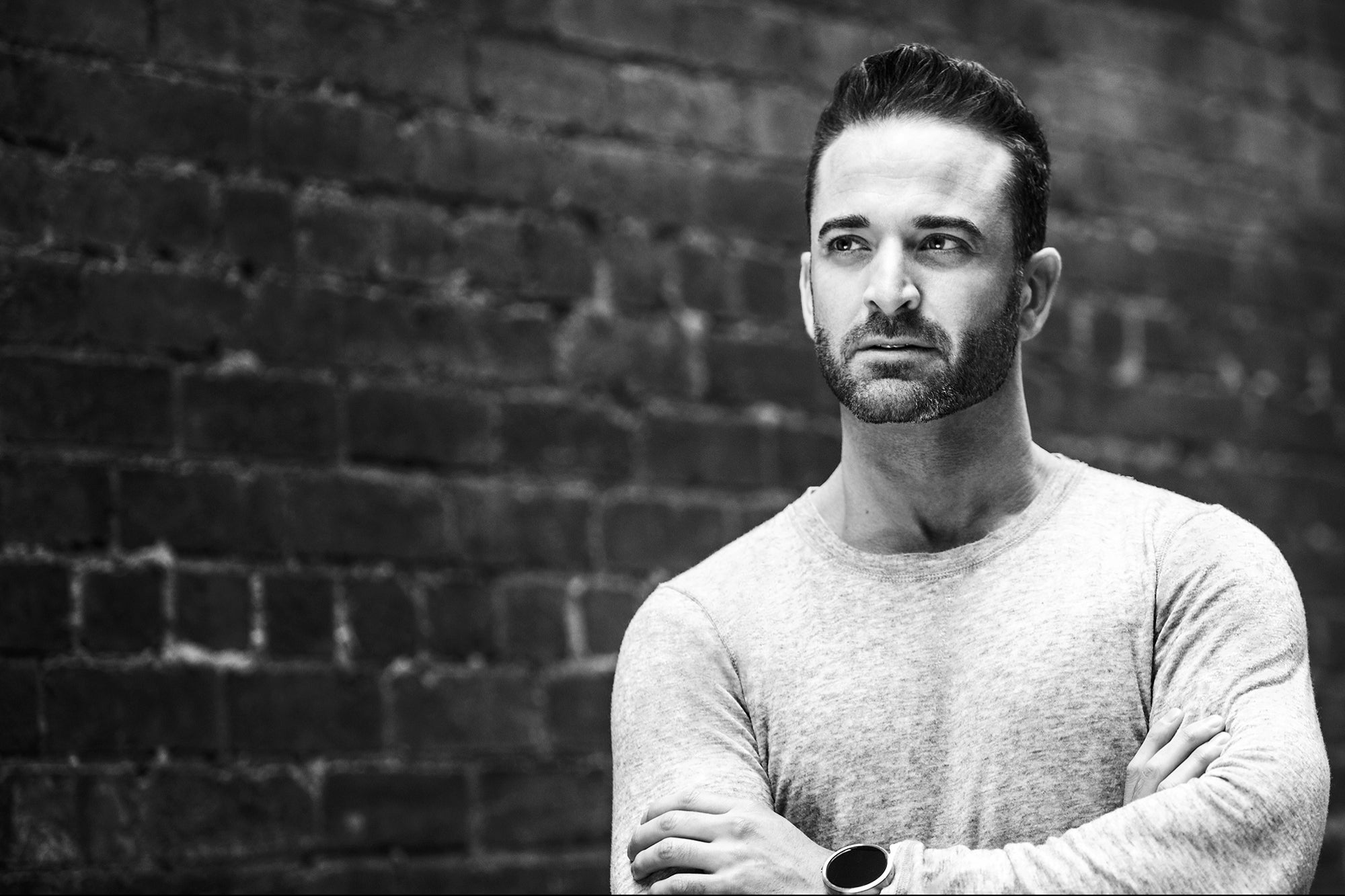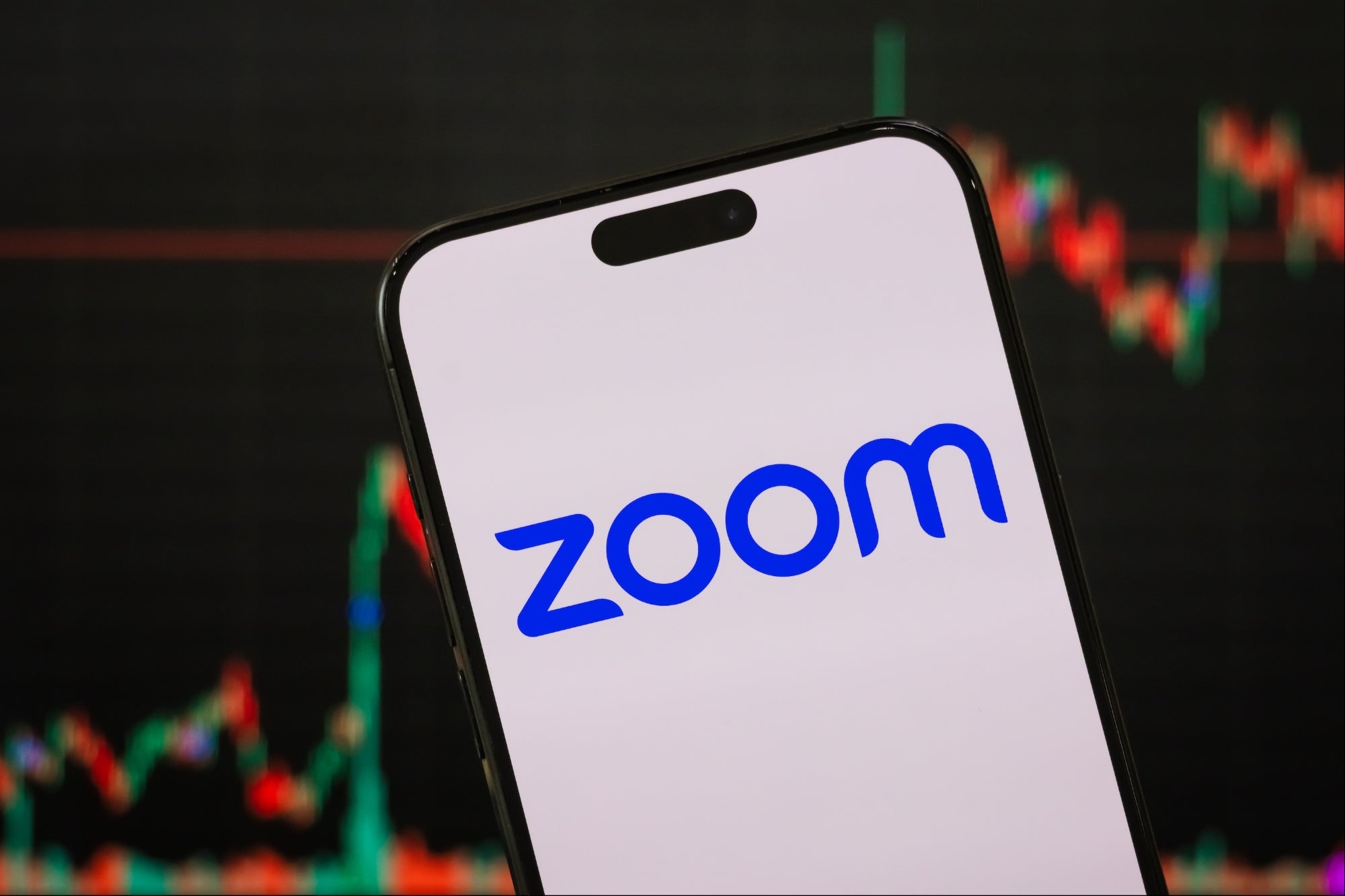Opinions expressed by Entrepreneur contributors are their own.
At my company, Jotform, our intern program is serious business.
When a new class of interns signs on to work with us, their first week is spent in training, getting them up to speed on who we are, what we do and how we do it. Then, we team them up with experienced staff and get them working on their own projects. By the time they depart our offices to return to the classroom, we’ve planted the seeds to make them successful employees.
Working with interns is a time- and resource-consuming proposition. But it’s also an investment. Some of our best employees are former interns; standout workers who we knew had the potential to learn and grow into bigger roles.
Sometimes, it might be easier to hire candidates with the experience we’re looking for. To me, that’s a prime example of short-term thinking, a mindset that can seriously harm your company in the long run. By nurturing young employees, we not only save money on recruiting a prestige hire that may or may not work out; we also develop the talents of someone we already know we want on our team.
Too often, though, leaders go with the easier-sounding option; the one that sounds most appealing right now. Here’s why that’s a mistake.
Related: Why Long-Term Strategic Planning is the Lifeline Your Business Needs Right Now
Focus on sustainable growth
If your company, like mine, is built around Software as a Service (SaaS), building a subscriber base requires a lot of time — and a lot of happy customers — to reach sustainability. This is one of the hazards of taking outside investment — it creates the illusion of success without actual organic growth.
The cautionary tale that looms largest in my mind is that of Theranos, the doomed blood-testing startup that was valued at $9 billion. Theranos was subsumed by hype, but in the end, the technology the company was theoretically built around didn’t even exist. Eventually, Theranos evaporated into a giant cloud of fraud allegations and even a lengthy prison sentence for its founder, Elizabeth Holmes.
Theranos is an extreme case of VC funding gone awry, but it does show what can happen to a founder under extraordinary pressure to produce results quickly, and the mirage of success that VC funding can create.
Rather than taking outside funding, I advocate for bootstrapping. It’s less glamorous, sure, but it also fosters real, sustainable growth, enables innovation and builds resilience. Most importantly, you have the freedom to operate on your own timeline, gather user feedback and focus on developing a product that really works.
Related: Focusing on Speed When Building Your Company is a Mistake. Here’s Why.
Beware of the scarcity mindset
Short-term thinking doesn’t just come from a desire for instant gratification. It can also come from fear.
In particular, the scarcity mindset, an idea developed by Princeton University psychology and public affairs professor Eldar Shafir and Harvard University economist Sendhil Mullainathan, explains how having limited resources — be it time, capital, etc. — narrows our mental bandwidth, creating a tunneling effect that allows only the space to focus on short-term goals.
“Every psychologist understands that we have very limited cognitive space and bandwidth,” Shafir explained. “When you focus heavily on one thing, there is just less mind to devote to other things.”
Founders, especially in the early days of starting a business, are constantly at risk of developing a scarcity mindset. After all, who ever really feels like they have enough resources? But the consequences of caving to scarcity can be grave: Short-term thinking not only stifles creativity, it can lead to knee-jerk, ill-conceived decisions you wouldn’t have made if you were thinking clearly.
Don’t let a scarcity mindset become a self-fulfilling prophecy. Instead, practice cultivating an abundance mindset. A great place to start is by focusing not on what you don’t have, but on what you do. If you’re a bootstrapped founder, you have the greatest of all resources: Time. Give yourself the luxury of trying out different ideas, and not beating yourself up if they don’t work out the way you hoped. The best ideas come from experimentation.
Remember also that change is incremental, so don’t assume you can overhaul your way of thinking in a single day. Pick one area in which you feel like a scarcity mindset is holding you back, and start there.
Related: This Is How Thinking About Abundance Has Helped Me Build a Success Mindset
Envision the future
Short-term thinking is an easy trap when the future seems so theoretical. Maybe you love pizza — sure, you know it’s not great for your health. But when presented with the opportunity to enjoy eating it today, your future self has a way of dimming from view.
Researchers have found that those with the ability to see and empathize with their future selves possess the quality of “self-continuity.” In other words, if you can see your future self as clearly as your present self, you’re more likely to make decisions that are beneficial in the long term.
So how do you make the future seem less abstract? Try conducting a self-interview. You can do this by envisioning sitting down with your Future Self, and asking them where they would advise your Present Self to focus your time and attention. What do you want to accomplish in 10 years from now? In 20 years? In 50 years? By identifying these long-term goals, you can start to plan accordingly in the present.
It’s easy to fall into the trap of short-term thinking. But by focusing on sustainable growth, practicing an abundance mindset and making the future as tangible as the present, you can make decisions that will serve you in the long run and keep your business growing for years to come.











 Guests ride Stardust Racers, a new dueling roller coaster ride in Celestial Park, during a preview day for Universal Epic Universe on April 5, 2025, in Orlando, Florida. (Patrick Connolly/Orlando Sentinel/Tribune News Service via Getty Images)
Guests ride Stardust Racers, a new dueling roller coaster ride in Celestial Park, during a preview day for Universal Epic Universe on April 5, 2025, in Orlando, Florida. (Patrick Connolly/Orlando Sentinel/Tribune News Service via Getty Images) The How to Train Your Dragon – Isle of Berk area, at the Epic Universe theme park in Orlando, Florida, US, on Saturday, April 5, 2025. Photographer: Thomas Simonetti/Bloomberg via Getty Images
The How to Train Your Dragon – Isle of Berk area, at the Epic Universe theme park in Orlando, Florida, US, on Saturday, April 5, 2025. Photographer: Thomas Simonetti/Bloomberg via Getty Images